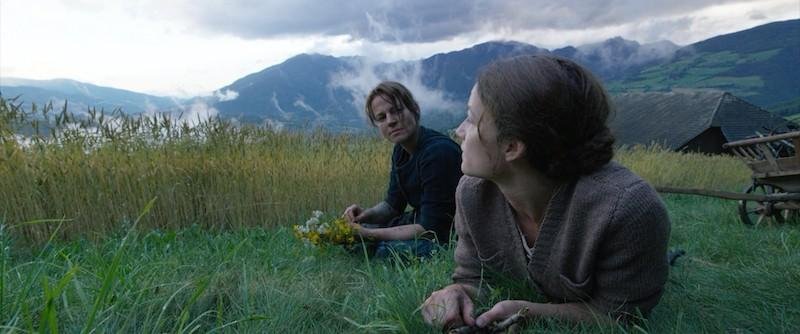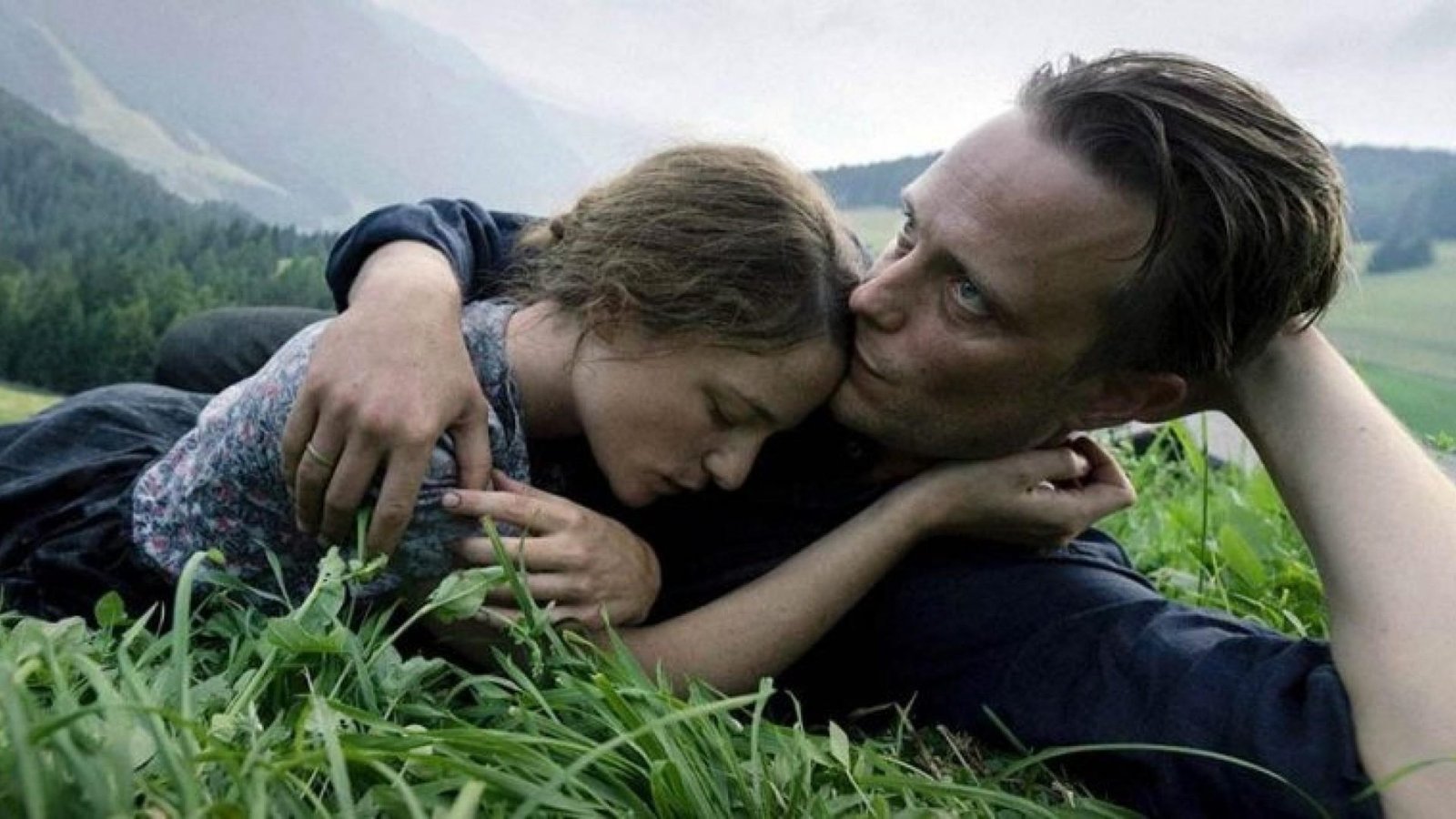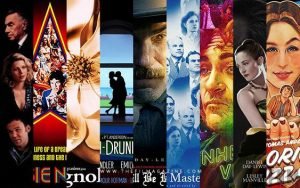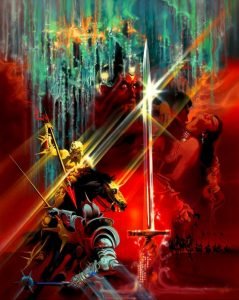Exploring the Masterful Filmmaking of Terrence Malick
Terrence Malick is a renowned filmmaker who is known for his unique and poetic approach to filmmaking. His films are visually stunning and filled with philosophical musings, making him one of the most respected and influential filmmakers of our time. Malick’s style of filmmaking is unlike any other, and in this article, we will explore his techniques, themes, and the impact he has had on the film industry. Join us as we delve into the masterful filmmaking of Terrence Malick.
Terrence Malick is a renowned filmmaker who is known for his unique and poetic approach to filmmaking. His films are visually stunning and filled with philosophical musings, making him one of the most respected and influential filmmakers of our time. Malick’s style of filmmaking is unlike any other, and in this article, we will explore his techniques, themes, and the impact he has had on the film industry. Join us as we delve into the masterful filmmaking of Terrence Malick.

Introduction
Terrence Malick is a renowned American filmmaker who is known for his unique and highly individualistic approach to cinematography. He is a master of visual storytelling and is known for his ability to create mesmerizing imagery that transports the audience to an entirely different world. In this article, we will explore the distinct elements of Terrence Malick’s filmmaking style that have made him a highly influential figure in the world of cinema. From his use of natural light to his poetic narration, we will delve into the techniques that make Malick’s films truly one-of-a-kind.
Early life and career
Terrence Malick, one of the most enigmatic filmmakers in the industry, was born in Ottawa, Illinois in 19 He grew up in Texas and Oklahoma, where he developed a passion for nature and the outdoors, which is reflected in his films. Malick studied philosophy at Harvard University and later pursued a career in journalism, writing for The New Yorker and Newsweek. In 1969, he enrolled in the American Film Institute where he began his journey as a filmmaker. Malick’s early films, such as “Badlands” and “Days of Heaven,” showcased his unique style of combining stunning visuals with introspective dialogue and poetic voice-overs. This style has become a hallmark of his filmmaking career, cementing his place as one of the most innovative and acclaimed directors in the industry.
Malick’s films and their critical reception
Terrence Malick’s filmmaking style has been a subject of much discussion and debate among film critics and cinema enthusiasts. His films are known for their poetic and visual style, often featuring breathtaking cinematography and philosophical themes. While some critics hail Malick’s films as masterpieces of cinema, others criticize them for being pretentious and indulgent. Despite the divided critical reception, Malick has been able to maintain a loyal fan base, who appreciate his unique and visionary approach to filmmaking.

Malick’s use of voiceover
Terrence Malick’s filmmaking style is known for his poetic and contemplative approach to storytelling. One of the most distinctive elements of his films is his use of voiceover. Malick often employs voiceover to convey the inner thoughts and emotions of his characters, creating a deeply introspective and personal experience for the audience. His use of voiceover is often accompanied by stunning visuals and an ethereal soundtrack, resulting in a truly immersive film experience. Whether it’s the whispered musings of the characters in “The Tree of Life” or the haunting reflections of the soldiers in “The Thin Red Line,” Malick’s use of voiceover is a masterful technique that adds another layer of depth to his already rich films.
Visual style and cinematography
Terrence Malick is renowned for his distinct visual style and breathtaking cinematography in his films. His filmmaking style features a poetic and dreamlike quality, with stunning imagery that ranges from sweeping landscapes to intimate close-ups. Malick often uses natural light, creating a soft and ethereal look to his films. His camera movements are fluid, often capturing the beauty and grace of nature, while his use of voiceover narration adds a philosophical and introspective element to his films. Overall, Malick’s visual style and cinematography are an essential part of his filmmaking, creating a unique and unforgettable cinematic experience.
Malick’s depiction of nature
Terrence Malick is known for his awe-inspiring depiction of nature in his films. He often uses long, sweeping shots of landscapes and natural settings to set the tone of his movies. In movies such as “The Tree of Life” and “Days of Heaven,” Malick captures the beauty and power of nature in a way that is both breathtaking and mesmerizing. His use of natural lighting and sound also adds a layer of authenticity and realism to his films. Malick’s unique approach to capturing nature on film has made him a standout filmmaker in the industry, and his influence can be seen in the work of many other directors who have followed in his footsteps.

Exploration of spirituality and philosophy
Terrence Malick, an American filmmaker known for his poetic and philosophical filmmaking style, often explores spirituality and philosophy in his movies. Malick’s films are known for their beautiful cinematography and thought-provoking themes that delve into the mysteries of existence, spirituality, and human nature. His films invite the audience to reflect on the big questions of life and explore the deeper meanings and connections that make up our existence. Whether it’s through his use of nature as a symbol of spirituality, his exploration of the human psyche, or his meditative approach to storytelling, Malick’s filmmaking style offers a unique and profound perspective on the human experience.
Collaborations with actors and crew
Terrence Malick is known for his unique and poetic filmmaking style, and one of the key elements of his approach is his collaborative relationship with actors and crew members. Malick encourages his actors to improvise and explore their characters, often using a handheld camera to capture their movements in a natural and organic way. He also works closely with his cinematographers to create stunning visuals that capture the beauty and complexity of nature. By fostering a creative and collaborative environment on set, Malick is able to produce films that feel authentic and emotionally resonant.
Malick’s influence on contemporary cinema
Terrence Malick’s unique style and approach to filmmaking have had a significant impact on contemporary cinema. His use of breathtaking natural landscapes and introspective voiceovers, coupled with a non-linear narrative, has inspired many modern filmmakers. Malick’s films are known for their poetic and philosophical themes, which have influenced a new generation of filmmakers to explore deeper themes in their works. His films have also encouraged a renewed appreciation for the art of cinematography and the importance of visual storytelling. Overall, Malick’s influence on contemporary cinema can be seen in the works of directors such as Christopher Nolan, Paul Thomas Anderson, and Alejandro González Iñárritu, among others.
Conclusion
In conclusion, Terrence Malick’s filmmaking style is truly unique and has left a lasting impact on the film industry. His use of poetic imagery, philosophical themes, and non-linear storytelling techniques have set him apart as one of the most visionary directors of our time. Malick’s work has been praised for its ability to evoke emotions in audiences and for its stunning visuals that create a sense of wonder and awe. From his early films like Badlands and Days of Heaven to his later works like The Tree of Life and A Hidden Life, Malick has consistently pushed the boundaries of what cinema can achieve. His influence can be seen in the works of many contemporary filmmakers who have been inspired by his visionary approach to storytelling.
For more information about Terrence Malick filmmaking style, including movie details, cast information, etc..
check out the filmaffinity page.



